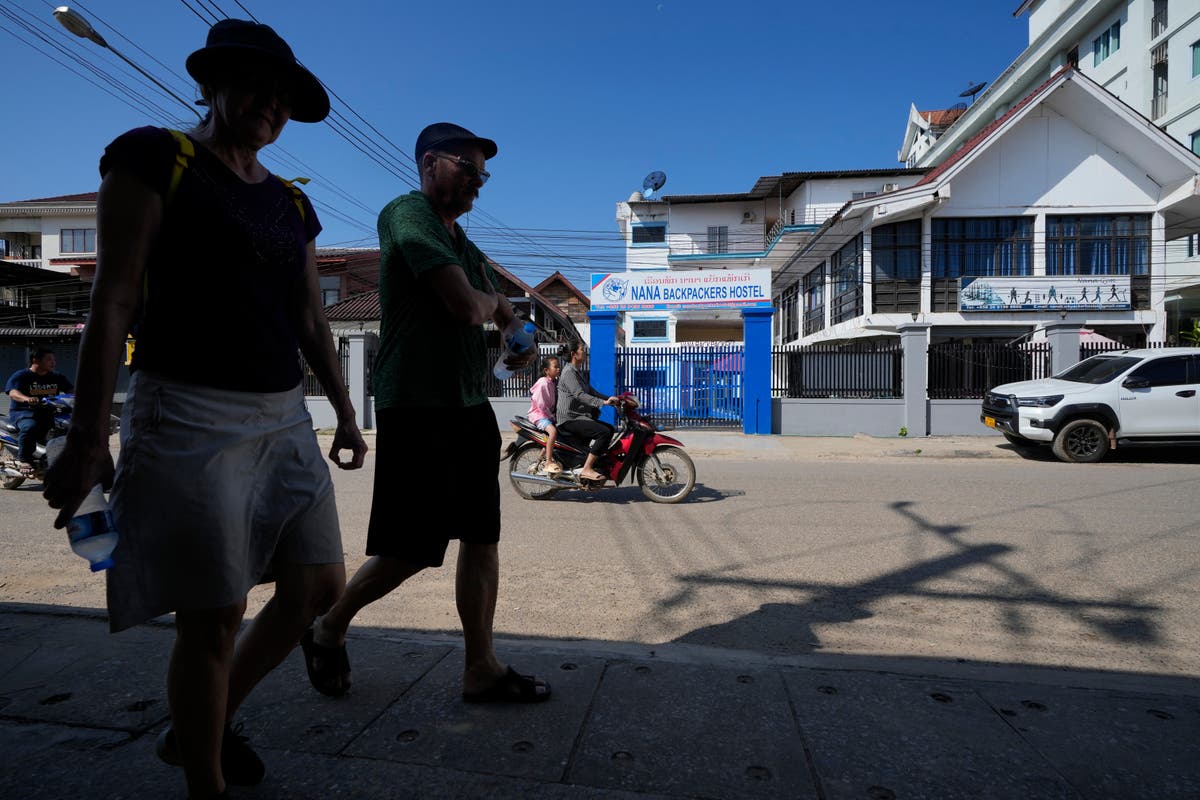The government in Laos is “profoundly saddened” by the deaths of foreign tourists from drinking alcohol contaminated with methanol and pledged to prosecute those responsible.
Two Danes, two Australians, a Briton and an American have all died after visiting Vang Vieng, an idyllic town that is popular with foreign backpackers, and drinking contaminated alcohol.
The Australian teens were identified as Holly Bowles, 19, and Bianca Jones, 19.
Bowles, who had been in critical condition on life support after drinking the tainted alcohol in Laos, died in a hospital in Bangkok, her family said on Friday.
“We are so sad to say that our beautiful girl Holly is now at peace,” her family said in a statement sent to Australian Network 10. “We find comfort and solace in knowing that Holly brought so much joy and happiness to so many people.”

Earlier on Thursday, Australia’s prime minister Anthony Albanese announced that 19-year-old citizen, Bianca Jones, had died in a Thai hospital where she had been evacuated for emergency treatment, and that her friend – Bowles – remained in a hospital “fighting for her life”.
The two 19-year-old Australian women fell ill on 13 November following a night out drinking with a group. They failed to check out from the Nana Backpacker Hostel as planned and were found sick in their room and then taken to Thailand for emergency treatment.
Thai authorities confirmed that Jones had died by “brain swelling due to high levels of methanol found in her system”.
A 28-year-old British woman, Simone White, also died from suspected methanol poisoning in Laos while staying in the backpacking hotspot with her friend Bethany Clarke.

In a post on a Laos backpacking Facebook group on 16 November, which has since been deleted, Ms Clarke wrote: “Urgent – please avoid all local spirits. Our group stayed in Vang Vieng and we drank free shots offered by one of the bars.
“Just avoid them as so not worth it. Six of us who drank from the same place are in hospital currently with methanol poisoning.”
Ms Clarke reportedly added that she was treated at a private hospital where she underwent “many infusions” and spent days recovering. It’s not known if she is still in hospital.
An American and two Danish tourists also died, though specifics about the causes of death have not been released. New Zealand’s foreign ministry said one of its citizens was sickened in Laos and was a possible victim of methanol poisoning.
The government has been “conducting investigations to find causes of the incident and to bring the perpetrators to justice in accordance with the law,” it said in its first official comments published on the foreign affairs ministry website on Saturday.
The government “expresses its sincere sympathy and deepest condolences to the families of the deceased,” it said.
Lao state-run news agency KPL said on Friday that authorities were gathering evidence and witness accounts following the foreigners’ deaths due to suspected “consumption of tainted alcoholic beverages”.
Counterfeits of well-known alcohol brands and home-made spirits are a problem in Laos. Australia and Britain have warned their citizens to be cautious when consuming drinks there.
In response to the incident, the U.S. embassy in Laos issued a warning on Friday for its citizens to be on the alert for risks of methanol poisoning in consuming spirit-based drinks, advising them to buy from licensed vendors and check for signs of tampering or counterfeiting.
Methanol is a toxic alcohol that is used industrially as a solvent, pesticide, and alternative fuel source, according to the U.S. Centers for Disease Control and Prevention.

